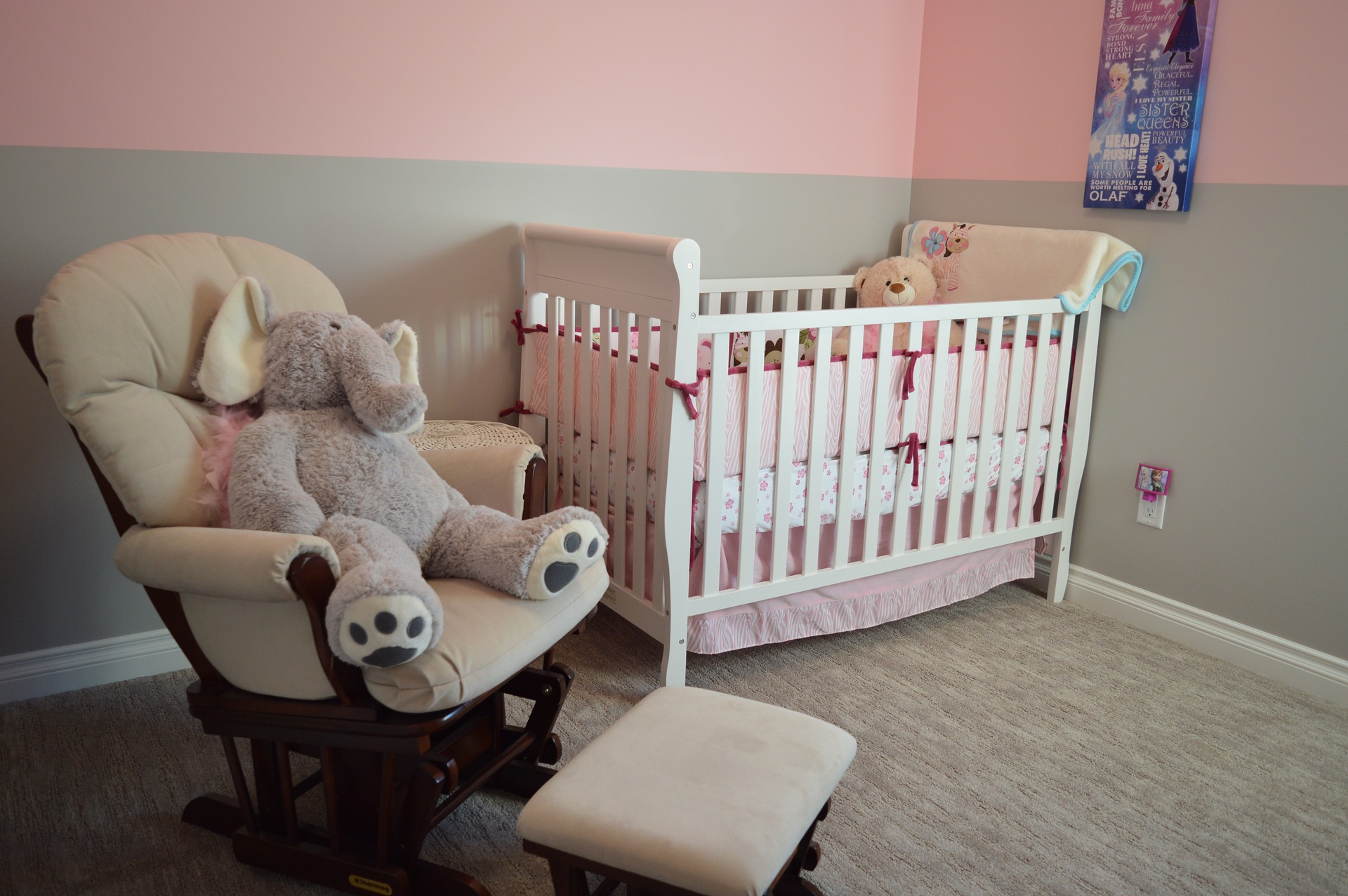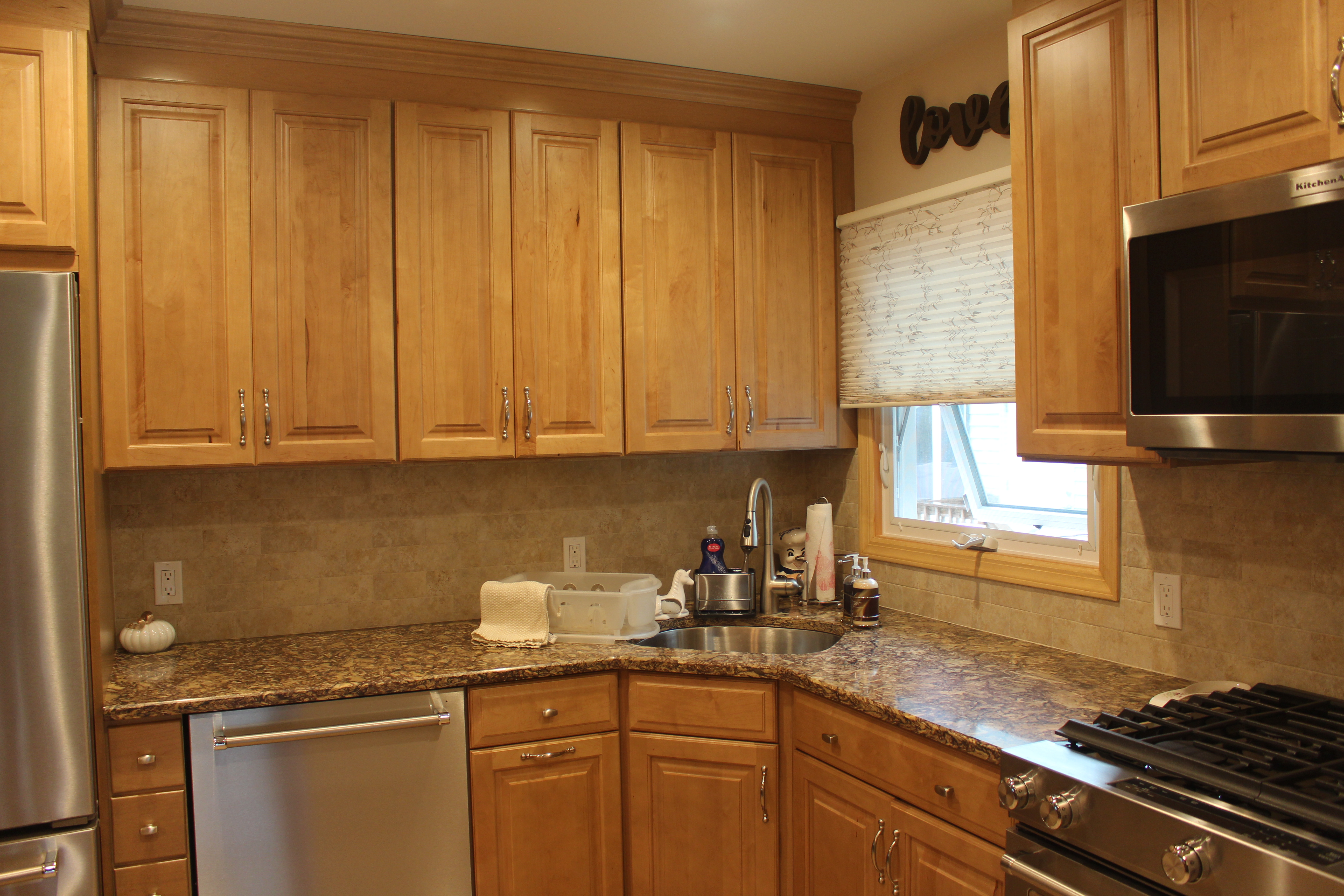5 Home Improvements to Make With a Baby on the Way

Having a baby is one of the most significant changes in anyone’s life. Luckily, it’s one transition that gives you plenty of time to prepare ahead. Your next few months will have you reflecting on countless baby-related things — like super-absorbent diapers, baby food brands, future daycares and more. The primary topic for the moment, though, is how you’re going to redesign your home.
Babyproofing a home can be straightforward if you’re aware of the problem areas. Parenting books and websites can provide tips for all those smaller details that may miss your radar. If you need some guidance, here are five home improvements to tackle before your baby arrives:
1. Install Smoke and Carbon Monoxide Detectors
Smoke alarms and carbon monoxide detectors are a necessary precaution for any home. Ideally, a house should have detectors on every floor, situated outside or inside the bedrooms and common areas.
Smoke alarms should be no fewer than 10 feet away from the stove and similar appliances to eliminate false alarms from cooking. Test your devices regularly to ensure they work, and change the batteries — or replace the entire unit — if they don’t.
2. Paint With Non-Toxic Brands
If you haven’t decorated the nursery yet, it’s likely one of the steps you’re anticipating most. Painting and furnishing your baby’s room makes everything feel much more real and exciting.
Before you purchase any paint, consider which brands are best for maintaining your indoor air quality. Common household goods like cleaners and paints often contain volatile organic compounds (VOCs), which can cause adverse side effects. These substances include gasoline, acetone and formaldehyde.
Walls can continue releasing toxins for years after the initial paint job. You want to protect your baby from these substances, which is why it’s best to pick non-VOC, non-toxic paints. Always check the labels for chemicals instead of relying on the brand’s claims. Companies such as Lullaby and EarthSafePaints have made paints specifically for use in nurseries and on baby furniture.

3. Deep-Clean Your Home
You’ve got a handle on the paint fumes — now, other areas of the home also need de-toxifying. Give your floors a good cleaning to remove the dirt, dust and other allergens. Have professionals come in with a steam cleaner or rent one and do it yourself.
Place dehumidifiers around your space to clean the air, or splurge on a whole-house air purifier to cover everything. Sanitizing with child-safe products is another option, especially in areas like the crib or changing table where your baby will often be.
Declutter your space by donating or getting rid of anything you don’t need anymore. Things you use once in a blue moon can go in a storage closet, shed or the garage. The less stuff you have around, the fewer chances there are for accidents. Save space by investing in things your baby can use as they grow, like a convertible crib.
4. Upgrade Cabinet Doors
Accidentally waking your baby by slamming cabinet doors is the last thing you want to do after putting them down for a nap. Instead, switch out those noisy hinges with soft-close versions. Using these means there’ll be no more slamming and no getting little fingertips nipped by a quickly closing door.
Check the overlay of your cabinets before purchasing to ensure you buy hinges for the correct measurements — partial and full overlays require different hinge sizes.
You’ll also want to get babyproof locks for your cabinets to prevent curious hands from getting into things they shouldn’t. Some types to consider are magnetic, adhesive, spring-action and slide locks. Magnetic and slide clasps may be more comfortable options if you use your cabinets often.

5. Anchor Heavy Hazards
If you have a television, stereo system or anything else than can topple over, now’s the time to anchor them down. Mount your TV or use a TV strap to secure it to the wall. A cable manager lets you store away your cords and wires for less accessibility.
Entertainment centers with closable cabinets allow you to lock the doors when your devices aren’t in use. If it doesn’t have doors, you can attach plexiglass to keep kids out while still allowing your remotes to work.
Store appliances out of reach, and don’t let their cords hang over tables or counters. If you have devices like DVD players and game consoles, you can mount those to your entertainment center using straps for smaller devices.
Babyproof Your Home With These Easy Tips
Preparing for a baby is often a whirlwind of excitement and learning experiences, and you’ll get the hang of it quickly as you follow these tips. Your home will be ready for a new addition in no time.
About The Author: Holly Welles is a home & garden writer. She shares more advice on creating beauty in your home on her own blog, The Estate Update, and on Twitter.
Image by ErikaWittlieb & Free-Photos from Pixabay
- Additions and New Construction
- All Exteriors
- Alterations
- Basements
- Bathrooms
- Customer Service
- Customer Stories
- Decks
- Design & Planning Show
- DIY
- Doors
- Educational Resources
- Extreme Makeover Home Edition
- Fashion Show
- General Remodeling
- Green Living
- Handyman Home Services
- Home Decor
- Home Entertainment
- Home Improvement
- Home Improvements
- How to Tips
- In The Community
- Kitchens
- Off-the-Wall Remodeling Stories
- Remodeling
- Resources
- Roofing
- Siding
- Social Media
- Sunrooms
- Tips & Tricks
- Trends
- Windows

